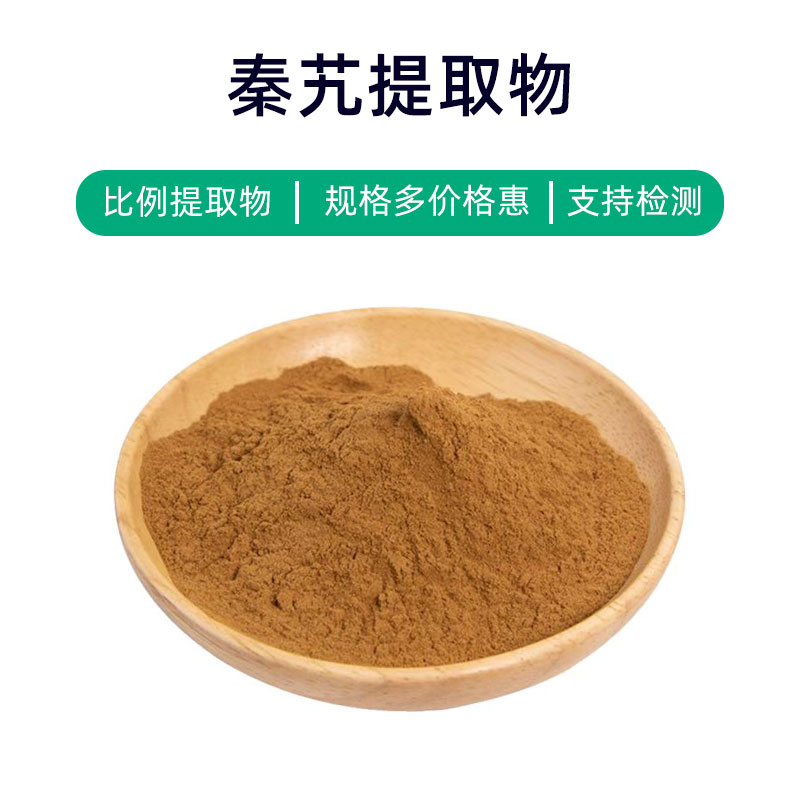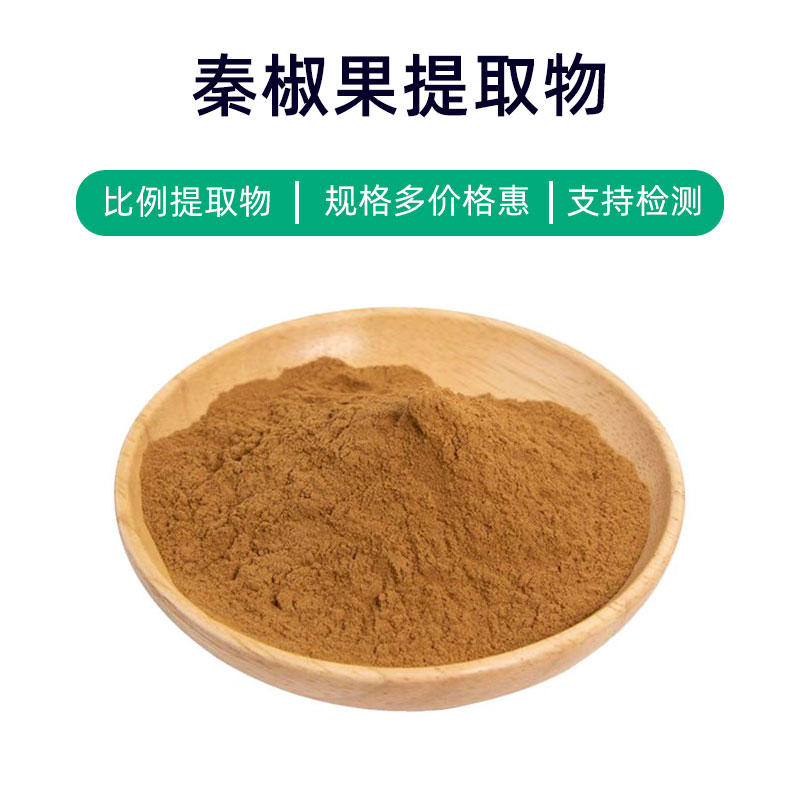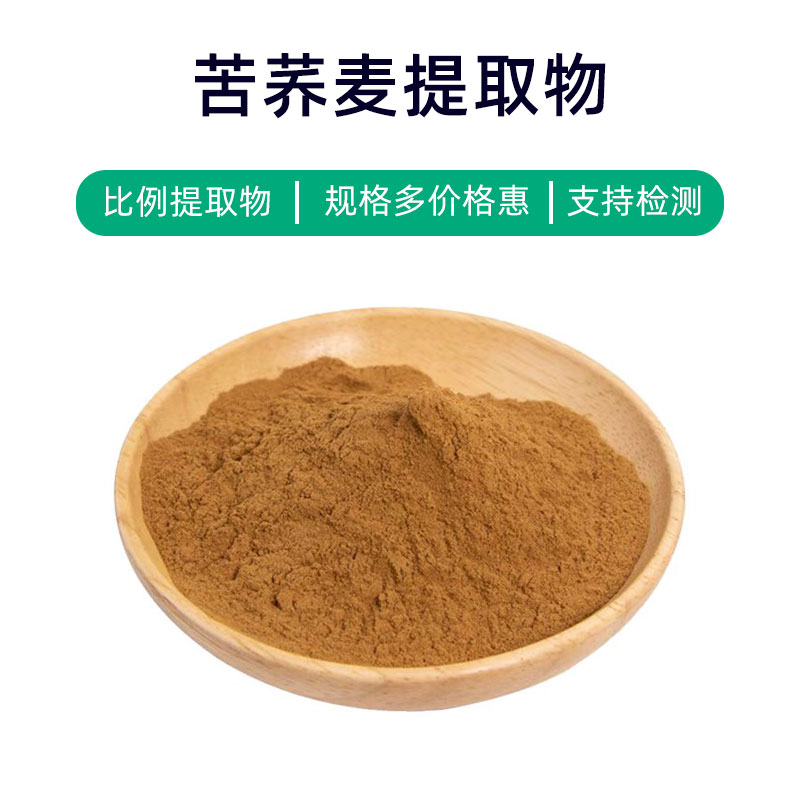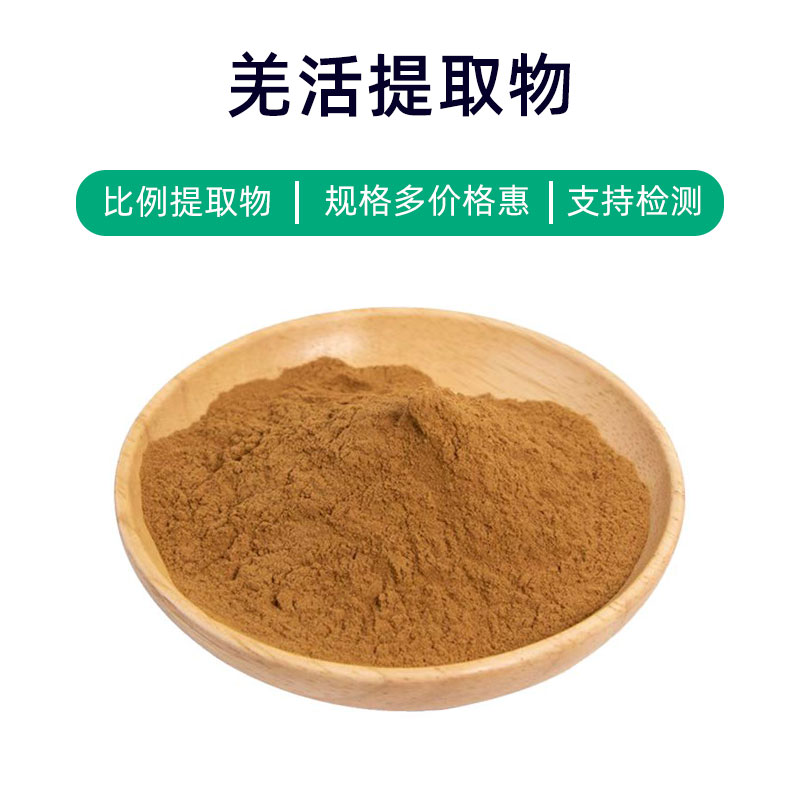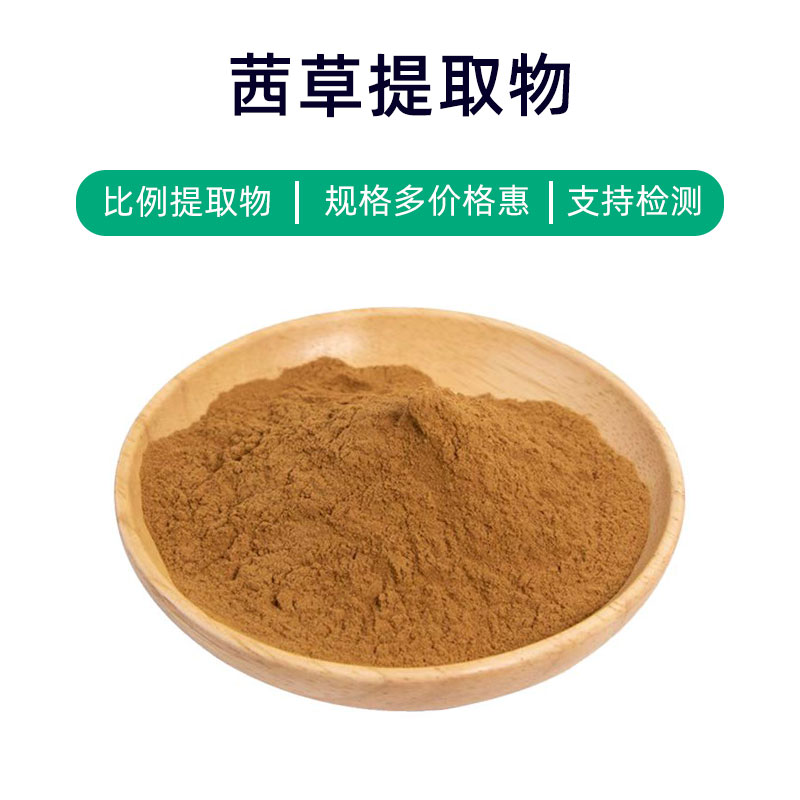Lobelia chinensis Extract Product Introduction
Lobelia chinensis Extract is a natural plant extract derived from the seeds of Lobelia chinensis (Lobelia chinensis). Its main components include liensinine, flavonoids, proteins, etc. These components endow Lobelia chinensis Extract with various biological activities, having effects such as anti - oxidation, anti - inflammation, moisturizing, and whitening.
Lobelia chinensis Extract has a wide range of applications in the fields of medicine, health products, and cosmetics. In the medical field, it is often used for regulating immune function, improving the circulatory system, and relieving inflammation and pain. In the health product field, Lobelia chinensis Extract is often added to health products to enhance the body's immunity and delay aging. In the cosmetics field, it is often used in skin - care products, with effects such as moisturizing, anti - oxidation, and fading skin pigmentation.
In general, as a natural plant extract, Lobelia chinensis Extract has multiple bioactive components, is suitable for the fields of medicine, health products, and cosmetics, and endows products with various effects such as anti - oxidation, anti - inflammation, moisturizing, and whitening, and has received extensive attention and application.
Lobelia chinensis Extract Production Process
The production process of Lobelia chinensis Extract usually includes the following steps:
- Raw Material Preparation: First, fresh Lobelia chinensis seeds need to be selected as raw materials. These seeds need to be strictly screened and cleaned to remove impurities and surface contaminants.
- Extraction Process: The extraction process usually adopts water extraction or organic solvent extraction methods. In the water extraction method, the cleaned Lobelia chinensis seeds are mixed with an appropriate amount of water for heating extraction or stirring extraction. The organic solvent extraction method uses organic solvents such as ethanol or ethyl acetate for extraction. During the extraction process, temperature, time, and solvent concentration should be controlled to ensure the effective extraction of target components.
- Filtration and Concentration: The extraction solution is filtered to remove residues, and then the useful components in the solution are concentrated to the required concentration through membrane separation or evaporation concentration.
- Purification and Separation: The concentrated extraction solution is further purified and separated to remove impurities and unwanted components, improving the purity and quality of the product.
- Drying and Grinding: The purified extract is dried. Common drying methods include spray drying, vacuum drying, or reduced - pressure drying. The dried product is usually in powder or granular form.
- Packaging and Storage: Finally, the dried extract is packaged, usually in a sealed package to prevent the intrusion of moisture and oxygen. After packaging, the product needs to be stored in a cool, dry, and ventilated place, away from direct sunlight and high - temperature environments, to maintain its stability and effectiveness.
The above is the general production process flow of Lobelia chinensis Extract. Each manufacturer may make certain adjustments and improvements according to actual conditions.
Lobelia chinensis Extract Efficacy and Side Effects
As a plant extract, Lobelia chinensis Extract has a wide range of applications in the fields of traditional Chinese medicine and health products. Its main efficacy and functions include the following aspects:
- Anti - inflammatory and Antibacterial Effect: Lobelia chinensis Extract is rich in bioactive components and has obvious anti - inflammatory and antibacterial effects. It can inhibit the growth and reproduction of bacteria, fungi, and viruses, helping to prevent and treat various infectious diseases.
- Anti - oxidation Effect: Lobelia chinensis Extract contains various antioxidants, such as polyphenols and flavonoids, which can scavenge free radicals in the body, reduce oxidative stress damage, protect cells from oxidative damage, and delay the aging process.
- Immune - regulating Effect: Studies have shown that Lobelia chinensis Extract can regulate the function of the immune system, enhance the body's immunity, improve human resistance, and help prevent and assist in the treatment of immune - related diseases.
- Anti - tumor Effect: Some studies have shown that the active components in Lobelia chinensis Extract have the effect of inhibiting the growth and spread of tumor cells, can induce tumor cell apoptosis, inhibit angiogenesis, and have certain anti - tumor activity.
- Anti - allergic Effect: Lobelia chinensis Extract contains various bioactive components and has anti - allergic and anti - inflammatory effects, which can relieve the symptoms of allergic diseases, such as allergic rhinitis and asthma.
6. Promotes Digestion and Protects the Gastrointestinal Tract
Lobelia extract has certain digestive-promoting effects, enhancing gastrointestinal motility, stimulating appetite, and increasing digestive enzyme secretion. Additionally, it helps protect the gastric mucosa, aiding in the prevention and treatment of digestive system disorders.
7. Improves Cardiovascular Health
Studies indicate that the active compounds in Lobelia extract have blood pressure-lowering, lipid-lowering, and anti-thrombotic effects. These properties contribute to improved cardiovascular function and help prevent the onset and progression of cardiovascular diseases.
8. Removes Dampness and Promotes Diuresis
In traditional Chinese medicine, Lobelia is believed to have properties that help eliminate dampness and promote diuresis. It is often used to regulate conditions associated with excessive moisture in the body, such as edema.
Precautions
Although Lobelia extract has numerous benefits, it should be used with caution to prevent adverse effects from excessive or prolonged use. Due to individual differences and varying health conditions, certain groups—including pregnant women, children, the elderly, and individuals with specific health conditions—should consult a healthcare professional before use.
Applications, Usage, and Dosage of Lobelia Extract
Lobelia extract is widely used in pharmaceuticals, food, and cosmetics, with specific usage and dosage varying according to the application.
1. Pharmaceutical Applications
- Commonly used in traditional Chinese medicine formulas for clearing heat, detoxification, diuresis, and pain relief.
- Exhibits auxiliary therapeutic effects for acute or chronic hepatitis, bacterial dysentery, and diarrhea.
- Available in various dosage forms, including granules, oral solutions, and capsules.
2. Food Industry Applications
- Used as an ingredient in health foods, functional beverages, and herbal teas.
- Typical dosage in functional beverages ranges from 1–3 g per day.
3. Cosmetic Applications
- Possesses antioxidant, anti-inflammatory, and skin-conditioning properties, making it a common additive in skincare formulations.
- Used in facial care products such as creams, serums, and masks.
- The recommended concentration is typically below 1%, with exact amounts determined by product formulations.
In the pharmaceutical industry, Lobelia extract is often incorporated into traditional Chinese medicine formulas, with dosages adjusted based on specific medical conditions and professional recommendations. In food applications, its addition should comply with food safety regulations and be precisely controlled according to product formulations. For cosmetic formulations, the usage level is generally kept under 1%, and adjustments should be made based on efficacy and safety evaluations.
Usage Guidelines
Lobelia extract should be used following the product’s instructions or medical guidance. Overuse or prolonged continuous use should be avoided. Pregnant women, children, the elderly, and individuals with pre-existing health conditions should seek professional medical advice before use.
Botanical Overview, Distribution, and Growth Environment of Lobelia
Scientific Name: Prunella vulgaris
Lobelia is a perennial herbaceous plant belonging to the Lamiaceae family. The following sections provide details on its botanical characteristics, distribution, and growth conditions.
Botanical Characteristics
- Plant height ranges between 10–50 cm.
- Stems are erect or ascending, quadrangular, and covered with short hairs.
- Leaves are opposite, ovate-lanceolate to ovate, serrated at the edges, and have a wrinkled surface.
- Flowers form dense panicles, with small, purple-blue or reddish-purple flowers. The calyx lobes are oblong, and the corolla is bilabiate, with the upper lobes erect and the lower lobes spreading outward.
Distribution
Lobelia is native to Europe, Asia, and North America, and it thrives in temperate and cold regions. In China, it is widely distributed and commonly found in mountainous areas, fields, grasslands, and riverbanks.
Growth Environment
- Soil Requirements: Adaptable to various soil types but prefers well-drained sandy or loamy soil rich in organic matter.
- Light Conditions: A sun-loving plant that thrives in well-lit environments but can also tolerate shade.
- Humidity: Highly adaptable to moisture conditions, capable of growing in both humid and drought-prone environments.
- Altitude Range: Found at both low and high altitudes, growing from plains to mountainous regions.
Lobelia grows rapidly, has strong reproductive capacity, and is commonly found along roadsides, fields, and wastelands. Due to its medicinal and ornamental value, it is often cultivated for traditional medicine and herbal use. In herbal medicine and folk remedies, it is widely used to treat colds, coughs, and fever, with functions such as clearing heat, detoxification, reducing swelling, and relieving pain.
Processing, Storage, and Preservation of Lobelia Extract
Processing
The production of Lobelia extract involves the following steps:
- Harvesting: Fresh Lobelia plants are carefully selected and harvested.
- Cleaning & Preliminary Processing: The raw material undergoes initial washing and sorting.
- Grinding & Extraction: The cleaned plant material is ground and subjected to soaking or extraction to isolate active compounds.
- Filtration & Concentration: The extract is filtered and concentrated to enhance potency.
- Drying & Final Processing: The concentrated extract is converted into powder, liquid concentrate, or other forms.
- Packaging & Storage: The final product is sealed, protected from moisture, and stored properly to maintain stability.
Storage & Preservation
- Storage Conditions: Store in a cool, dry, and well-ventilated place to prevent moisture absorption and microbial contamination.
- Avoid Direct Sunlight & High Temperatures: Exposure to heat and UV rays can degrade active ingredients.
- Moisture & Contaminant Protection: Use airtight packaging to prevent mold growth and contamination.
- Shelf Life: Properly stored Lobelia extract can retain potency for an extended period, ensuring long-term usability.
By following these processing and storage guidelines, the quality and stability of Lobelia extract can be maintained, ensuring its effectiveness in various applications.
Monica Sun is a seasoned expert in the plant extraction industry with over a decade of experience in research and production. She specializes in the extraction and purification of plant active ingredients, focusing on driving innovation in natural product applications. Monica has participated in the development of multiple functional plant extracts, delivering high-value natural raw material solutions for the health food, pharmaceutical, and dietary supplement sectors.









